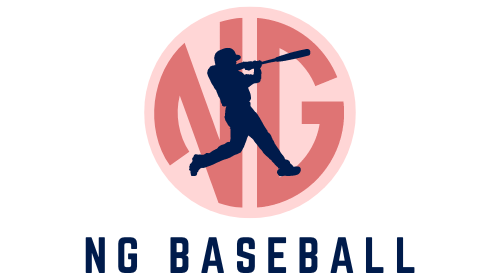Baseball, America’s pastime, is a sport laden with rules and regulations, many of which can be quite complex. One of the more elusive rules is the balk. Essentially, a balk is an illegal act by the pitcher when a runner is on base, designed to deceive the baserunner.
This violation awards the runner the next base, but balk rules can be confusing and multifaceted. Here, we discuss 8 common examples of a balk, breaking them down to elucidate this complex aspect of baseball.
1. The Quick Pitch
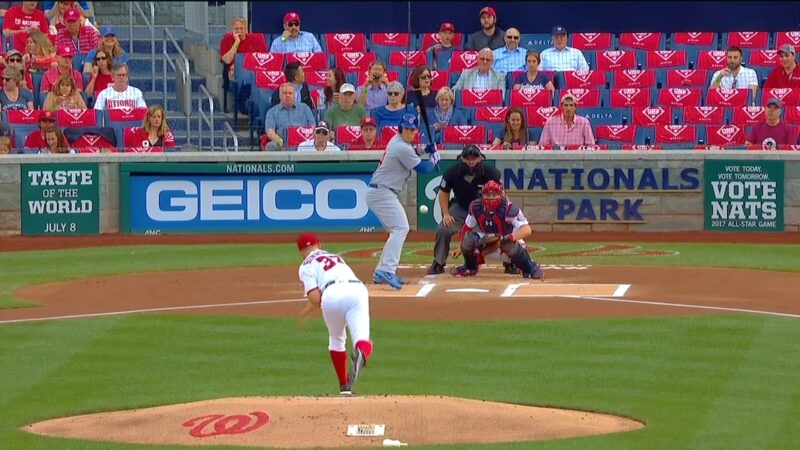
A quick pitch is defined as when a pitcher does not give the batter a reasonable amount of time to get set in the batter’s box. This maneuver is considered especially deceptive and can lead to dangerous situations if the batter is unprepared for the pitch.
Why is it a Balk?
A quick pitch is balked to protect the batter. The batter needs adequate time to prepare for the pitch; without it, the batter is at a significant disadvantage, and there is an increased risk of injury. Consequently, the penalty for a quick pitch is that the batter is awarded a ball, and any runners on base advance one base.
2. Starting and Stopping
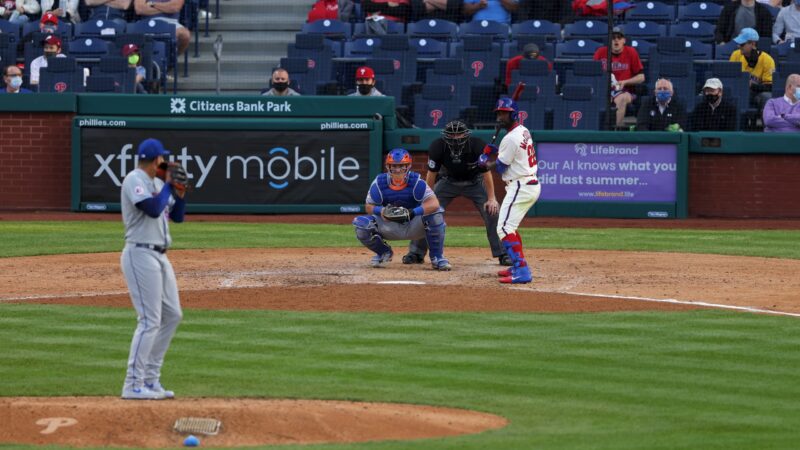
In baseball, once a pitcher starts his motion to deliver the pitch, he must complete it. If a pitcher begins his pitching motion but does not release the ball, it can deceive baserunners and disrupt their timing.
The Implications of Starting and Stopping
When a pitcher starts and then stops his pitching motion, it is considered a balk because it can trick the baserunners into making premature moves, leading to unfair advantages for the defensive team. Thus, any discontinuation in the pitching motion without delivering the ball results in all runners advancing one base.
3. Illegal Pickoff Move
Illegal pickoff moves occur when a pitcher uses deceptive or improper techniques to try to put out a runner at a base. A pickoff move becomes illegal if the pitcher does not follow the set guidelines, such as:
- Stepping towards the base when throwing the ball
- Not disengaging the rubber before making a throw to a base (if the pitcher is in contact with the rubber)
Reasoning Behind the Rule
An illegal pickoff move is balked to maintain fairness. By enforcing strict guidelines on pickoff moves, baseball ensures that baserunners have a fair chance to return to their bases, preventing pitchers from gaining an unfair advantage through deceptive movements.
4. Pitcher Dropping the Ball
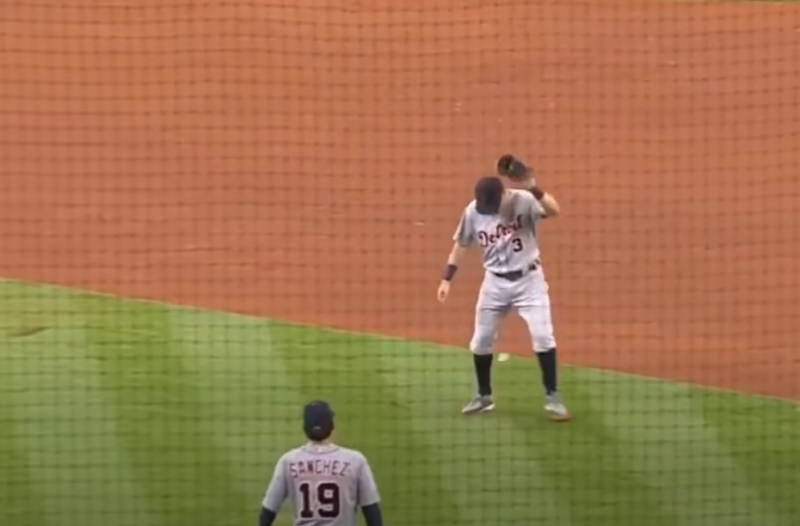
Dropping the ball can create uncertainty for both batters and baserunners. When the pitcher is in contact with the rubber and drops the ball, even accidentally, it can mislead the runners and disrupt their rhythm.
How Dropping the Ball Impacts the Game
When a pitcher drops the ball, it can result in inadvertent advantages for the defense by fooling the baserunners. To maintain equilibrium and fairness in the game, such an action results in a balk, advancing all runners to one base.
5. Arm Motion Deception
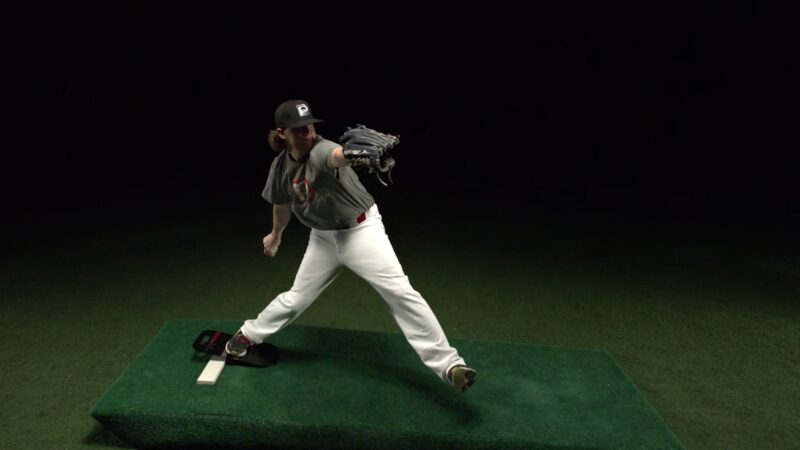
Pitchers can sometimes use deceptive arm movements to trick the baserunner into thinking that a pitch is being delivered or a pickoff move is being made, all without releasing the ball. This can severely impact the baserunner’s decision-making and reactions.
Implications of Deceptive Arm Movements
When a pitcher makes a deceptive arm motion, it can give an unfair advantage to the defense by misleading the runners. Such an action is balked to preserve the integrity of the game, ensuring a level playing field for both teams.
6. Improper Foot Position
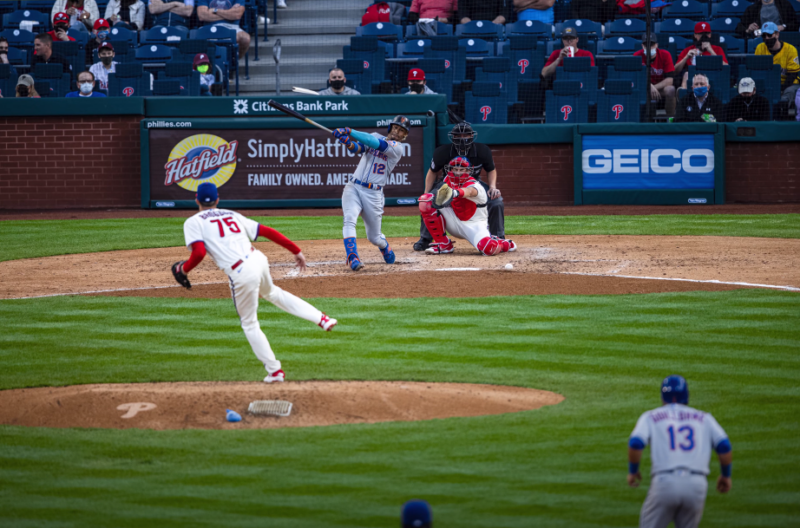
The position of the pitcher’s foot in relation to the rubber is crucial in determining a legal pitch. A pitcher’s pivot foot must be in contact with or directly in front of and parallel to the rubber. Any deviation is considered a balk.
Significance of Proper Foot Position
Improper foot positioning can impact the accuracy and legality of the pitch. Enforcing the correct foot position ensures that the pitcher does not gain an undue advantage, maintaining a fair and balanced game environment.
7. Pitching from Set Position without Coming to a Stop
When a pitcher chooses to pitch from the set position, he must come to a complete stop with the ball in both hands in front of the body. This pause must be noticeable and cannot be fleeting.
Rationale Behind the Rule
This rule is in place to prevent the pitcher from gaining an unfair advantage over the baserunner. A clear and discernible stop ensures that the baserunner can anticipate when the pitcher will begin his delivery, maintaining an equal footing between the runner and the pitcher.
8. Failure to Step Toward the Plate
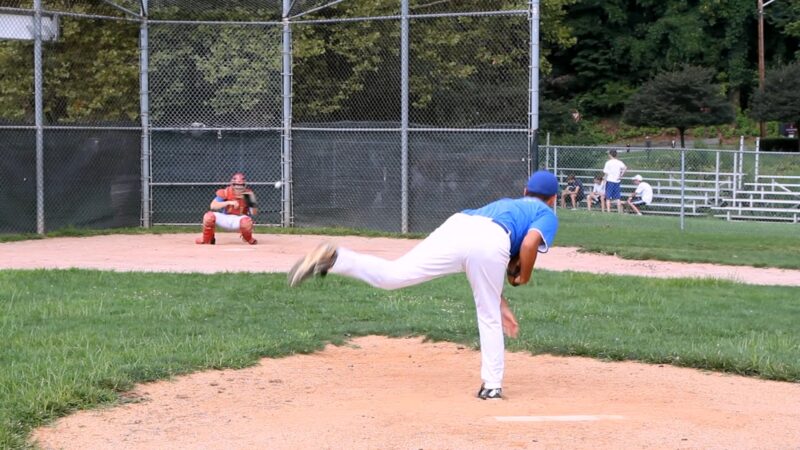
The direction in which the pitcher’s lead foot lands plays a pivotal role in defining a legal pitch. The pitcher must step towards the plate, and any deviation in the foot landing can mislead the baserunner.
Implications of Not Stepping Towards the Plate
Not stepping toward the plate can give the impression of a pickoff move, thus deceiving the runner. Upholding this rule is crucial to avoid deceitful pitching and to maintain fairness, preventing the defensive team from gaining an undue advantage.
The Nuance of Balks
Grasping the concept of a balk in baseball reveals deeper layers of strategy and fairness embedded within the game. It protects the baserunner from deceptive moves by the pitcher, promoting a sense of balance and integrity in the sport.
The instances outlined above underscore the myriad of ways a pitcher can commit a balk, each contributing to the intricate dance between offense and defense that is inherent in baseball.
Importance of Recognizing Balks
Understanding balks is crucial for players, umpires, and fans alike. Recognizing when a pitcher commits a balk allows fans to better appreciate the subtleties and strategies employed by teams during the game, enriching the overall baseball-watching experience.
- It educates the fans, allowing them to become more engaged and informed viewers.
- It highlights the emphasis baseball places on fairness and sportsmanship.
- It sheds light on the strategic depth and complexity inherent in the game of baseball.
Application in the Game
Knowing these balk rules and their applications provides insights into the nuanced strategies used by players and managers. Whether it’s a subtle foot movement or a deceptive arm swing, each balk example discussed sheds light on the tactical dimensions of baseball, furthering our appreciation and understanding of this beloved sport.
- It allows fans to discern the intricate tactics employed by pitchers.
- It gives insight into the split-second decisions made by players and umpires during the game.
- It enriches the narrative of the game, adding another layer to the storied history and tradition of baseball.
FAQs
Can a balk be called if there are no runners on base?
No, a balk can only be called when there are runners on base. Without runners, the same actions would generally result in a ball being called.
Can a balk be called in any level of baseball, such as Little League or High School?
The balk rule does exist in Little League and High School baseball, but the enforcement can vary. Often, younger or less experienced levels will have more lenient enforcement to encourage learning and development.
High School usually follows National Federation of State High School Associations (NFHS) rules, which do include balks but with some variations from Major League Baseball rules.
What happens to the count on the batter when a balk is called?
When a balk is called, the count on the batter remains the same, and it does not impact the number of balls or strikes on the batter. However, any runners on base are awarded the next base.
If a pitcher balks but then delivers a pitch, is the play allowed to continue?
If a balk is called, but the pitcher continues and delivers the pitch, the play is dead immediately when the balk is called, and no subsequent action, including the pitch, is legal or counts.
However, under some rules, if the pitch is delivered and the batter hits the ball, the offensive team has the option to accept the result of the play or the balk.
Can a balk be called on a pitcher when he is in the windup position?
It is much less common for a balk to be called when a pitcher is in the windup position, as the rules for a legal pitch are less strict in the windup than in the set position. However, certain actions, like starting and stopping the pitching motion or not stepping toward the plate, can still result in a balk from the windup position.
If a balk is committed but is not initially called, can it be called retroactively after the play has concluded?
Typically, no. Balks are generally judgment calls made in real-time by the umpires on the field, and once the next pitch is thrown, previous plays, including potential balks, are considered to be finalized and are not subject to retroactive alteration or review.
Final Words
Understanding balks in baseball is imperative to fully appreciate the intricacies of the game. While some balks are more obvious than others, all are integral in maintaining a balance between offense and defense, ensuring a fair and unbiased game.
So, the next time you find yourself at a baseball game, keep an eye out for these subtle yet significant rules in action.
